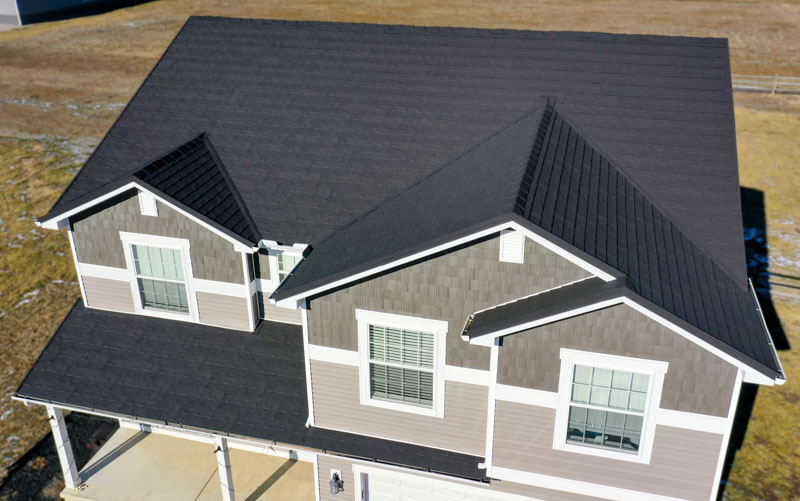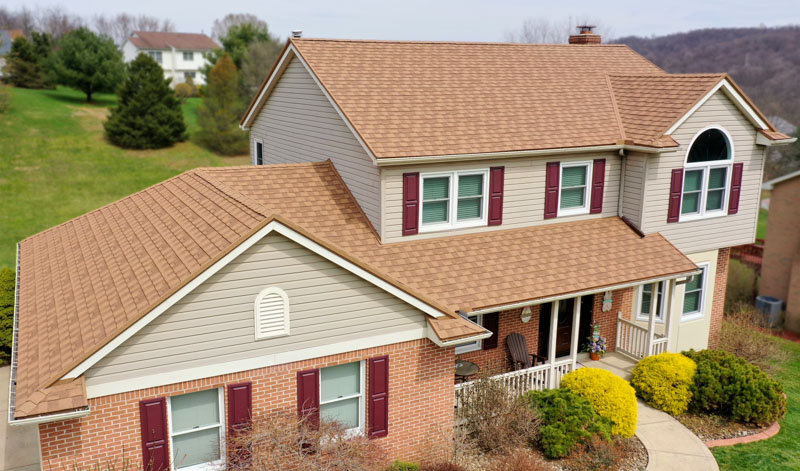Hail and high winds can cause significant damage to your home. If you live in an area that is susceptible to this occurrence, or even if it happens in your area rarely, you’ll benefit from taking certain precautions that can help to protect your home against any severe weather conditions. Your home is a major investment, and you want to protect that investment as much as possible.
In recent years, we have been experiencing more severe storms than ever before. The National Oceanic and Atmospheric Administration (NOAA), stated that there is an increased likelihood of billions of dollars of damage each year due to severe storms. It is more important than ever to be as proactive as possible. We can’t prevent weather conditions, but we can help prevent devastating damage that can cost significant amounts of money.
In This Article
Consistent Roof Maintenance

Your roof plays a significant role in the overall health of your home. It protects you, and the interior of your home from the elements outside. Your roof works every day to protect you from UV rays, rain, snow, wind, and whatever else nature may throw at you. These elements can damage even the newest roof. It is important to inspect your roof at least twice a year, and more if you are susceptible to severe weather.
You’ll want to check your roof for any obvious signs of debris. Dirt, leaves, and branches can get stuck on your roof, potentially causing impact damage, or as they roll around your roof’s surface. You’ll want to remove this debris whenever possible, especially after a storm with severe winds. Severe winds can pick up anything left outside, potentially dropping it on your roof and creating significant damage.
Check your shingles, panels, and flashing to ensure you have a tight, waterproof seal. If you notice any missing or cracked shingles, replace them as soon as possible. These elements are key to protecting your home from allowing outside elements, especially moisture, inside.
If safe, you can do a lot of your roof maintenance checks yourself. If it isn’t safe, or if you notice anything wrong, don’t hesitate to contact a professional. They will have a greater understanding of your roofing material and any problem spots you might have. They could even offer suggestions for ways to better enhance your roof’s capability to handle severe weather, such as hail. A professional will also be able to spot any leaks and properly determine where the leak is coming from. This saves you time and money in trying to do it yourself.
Anchor or Store Your Outdoor Accessories

A hail storm is often associated with heavy winds. It is important to anchor down anything that could be turned into a dangerous projectile when the wind picks up. This includes any outdoor furniture, flower pots, statues, and other lawn décor. It is better to be on the side of caution, and not assume your item is heavy enough to be safe. Anything that could be dislodged should be stored in a shed or garage. If you don’t have the necessary storage space, anchor the items down with chains or cables.
You should also move your vehicle to protect against hail or severe wind damage. If possible, move it to a garage or carport. If this isn’t an option, you can use a car cover with heavy-duty straps to add a layer of protection.
Maintain Landscaping

Trees are a beautiful addition to any home. They can also create damage risks when planted too close to the home. If you have any branches that hang over your roof or are too close to windows and other aspects of your home, you should consider having them trimmed as soon as possible. High winds can cause branches to break, which poses a damage risk to your home.
If you live in an area that is susceptible to severe storms, you may want to invest in creative landscaping options that can help to naturally slow down the wind as it rushes towards your home. This involves planting trees and shrubs that vary in height near one another. This is a long-term project that will get better in time as the planted trees and shrubs reach their full height. This can be a fun project that both looks great and functions in protecting your home when the weather gets rough.
Weather-Proof Your Home From the Inside

Preparing for a hail storm is similar to preparing for winter weather. You’ll want to consider the weak points in your home, typically your doors and windows. If you have any broken or cracked windows, you should have these replaced before the next storm season. If you tend to get serious drafts in cold weather, weather stripping and other preventive measures can help.
One quick way to better insulate your windows is to mist the window with water and press on bubble wrap for an easy seal that will help to keep the area warmer. You can also invest in heavier drapes or curtains that provide a barrier between your home and severe weather raging outside. You should also check for any missing bolts or loose hinges that could compromise the strength and seal of your doors.
Consider Your Roofing Material
If you are in the market for new roofing, and you’re in an area that experiences severe storms, you may want to invest in a roof that is hail- and impact-resistant. These materials tend to be a larger investment upfront but quickly pay for themselves in the damage costs you’re avoiding. These materials typically last longer than other roofing materials and can provide the peace of mind that you have the best protection possible.
Plan Ahead
A storm can happen suddenly, so you should have a plan in place beforehand. This means making plans for where you’ll put your vehicle, as well as outdoor equipment and accessories. You should also have all of your maintenance checks done before the storm season begins. This includes ensuring your roof is debris-free and any broken or missing shingles have been replaced. You’ll also want to make sure your gutters and downspouts are clear and ready to help move water away from your home. This will ensure that when hail and other severe weather hits, you’re prepared.
